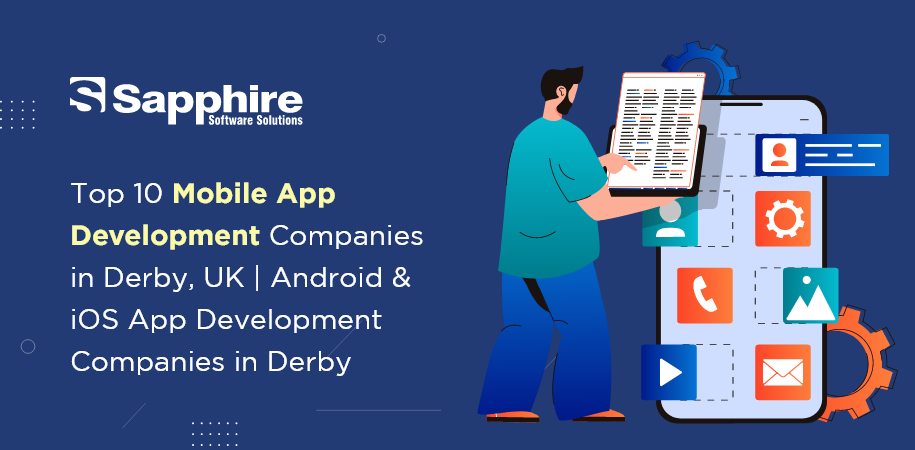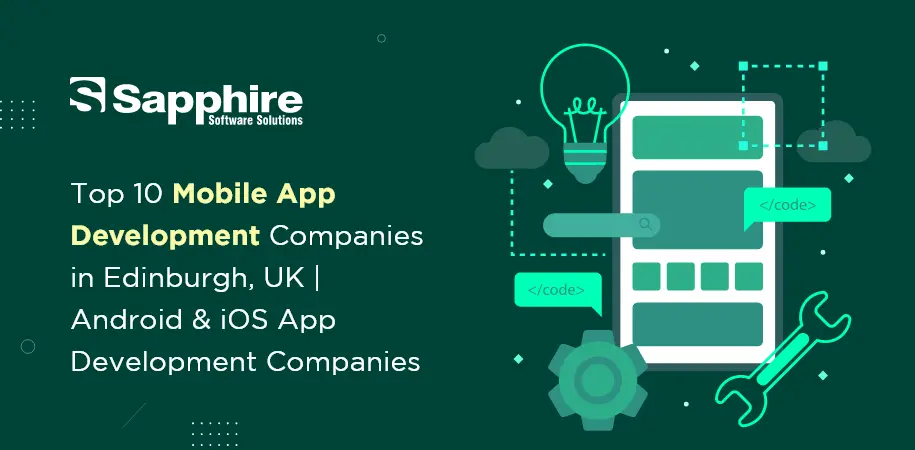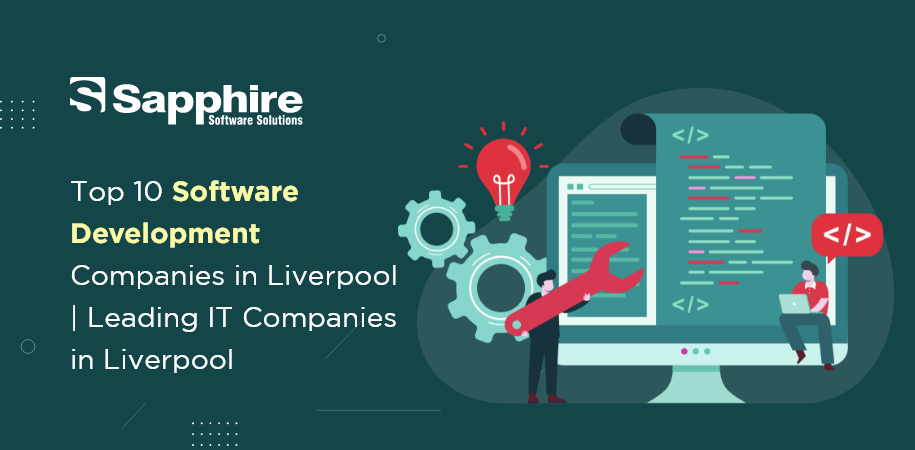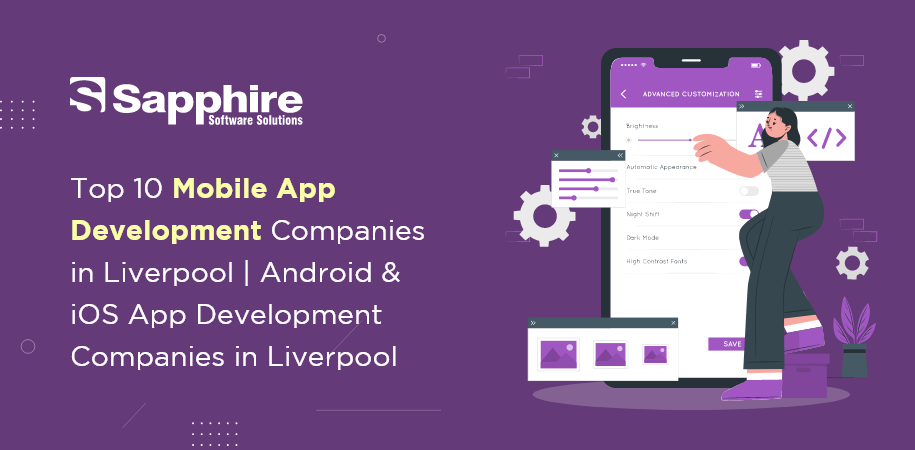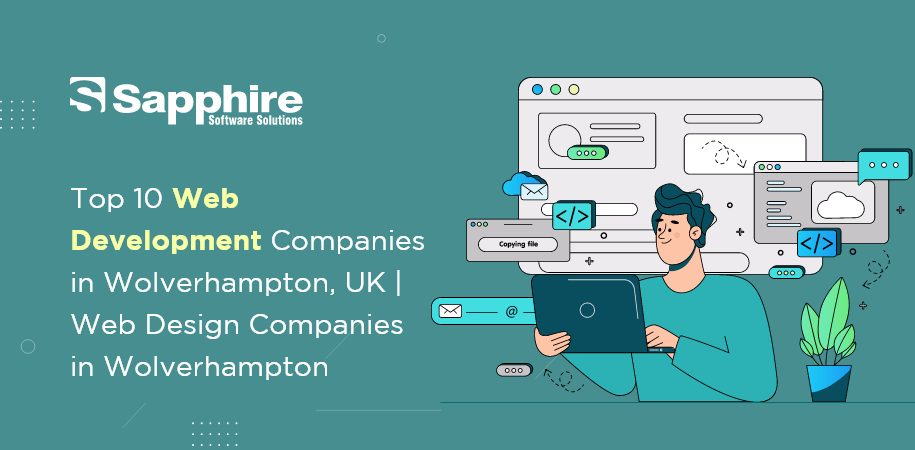Tag: microsoft powerapps services
All Posts
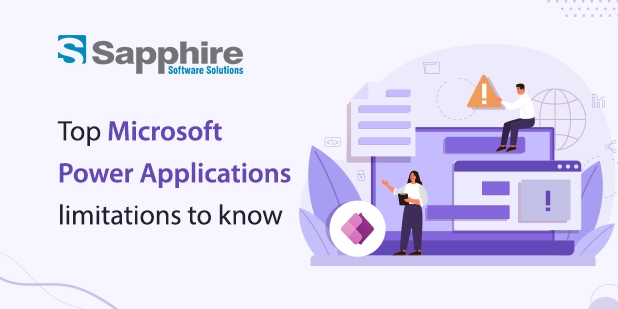
Top Microsoft Power Applications limitations to know
Parth Patel
in
IT Companies , Hire Developers , Microsoft Sharepoint Development
May 10, 2023 · 6 min read
Microsoft Power Applications is a collection of tools that allows enterprises to construct bespoke business applications and automate operations without the need for conventional programming experience. These products may be found on the Microsoft website. In addition to Power Apps, Power Automate, Power BI, and Power Virtual Agents, Power Applications…
Read more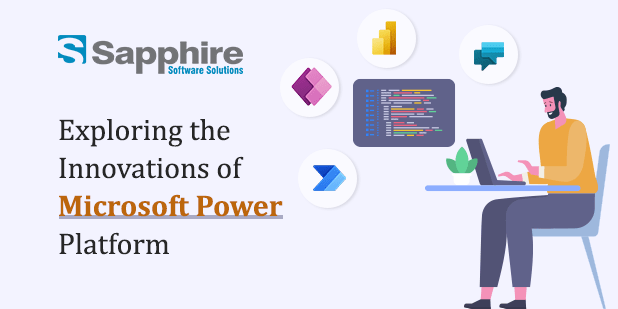
Exploring the Innovations of Microsoft Power Platform
Parth Patel
in
IT Companies
March 31, 2023 · 7 min read
In recent years, Microsoft has aggressively expanded its Power Platform to enable organizations to build bespoke apps, automate processes and analyze data to make better decisions. These capabilities are made available to enterprises through the Microsoft cloud. Power Apps, Power BI, Power Automate, and Power Virtual Agents are the four…
Read more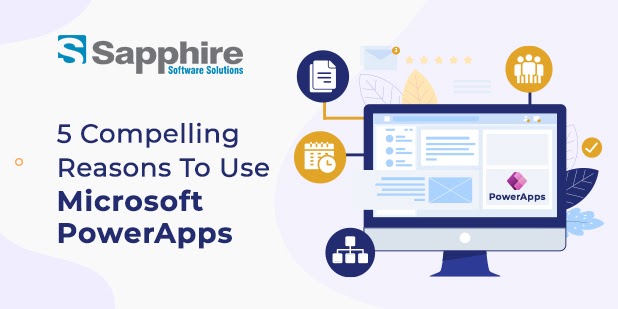
5 Compelling Reasons to Use Microsoft PowerApps
Parth Patel
in
IT Companies
April 16, 2022 · 5 min read
There is a mobile app for this. At the very least, it is what we have been taught. Despite this, with 1.95 million programs available across platforms, there isn’t always one that meets our requirements. That is why many firms rely on Microsoft PowerApps Services to get the information they…
Read more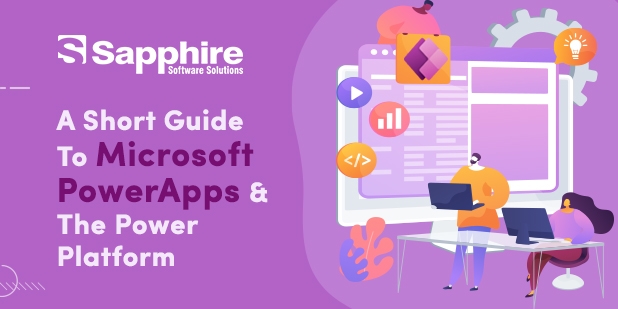
A Short Guide To Microsoft PowerApps and The Power Platform
Parth Patel
in
IT Companies
March 16, 2022 · 4 min read
The Microsoft Power Platform, built on Azure, is a suite of apps that enables enterprises to construct end-to-end business solutions. Check out the best Microsoft powerapps services. Power BI, a collection of tools for data analysis and visualization Power Automate, a template-based program for automating important processes and workflows Power…
Read more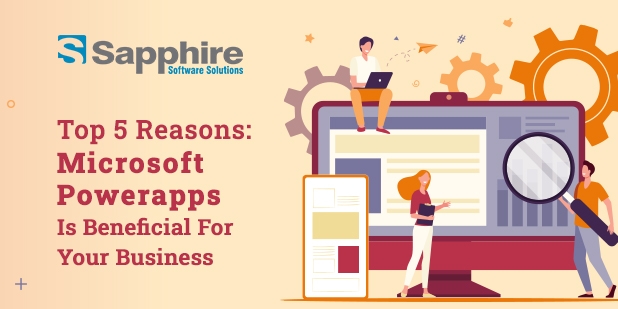
Top 5 Reasons: Microsoft Powerapps Is Beneficial For Your Business
Parth Patel
in
IT Companies
December 20, 2021 · 4 min read
Technology is constantly evolving and improving the methods we communicate and operate. Every day, new software and applications are released to improve business efficiency. Microsoft PowerApps Solutions, a business process simplification tool, was published by Microsoft in 2017. And, with Microsoft Dynamics solutions, the monarch of operating systems, Microsoft, is…
Read more















